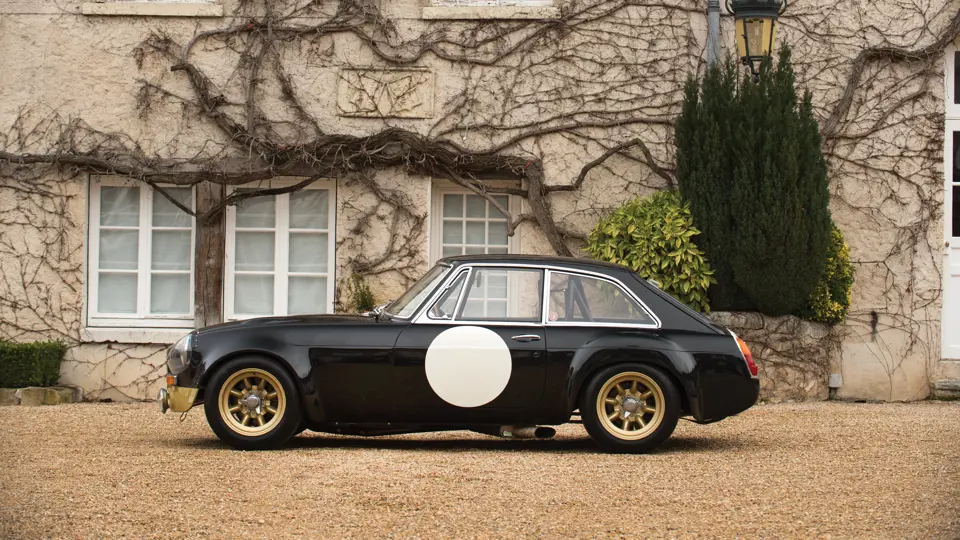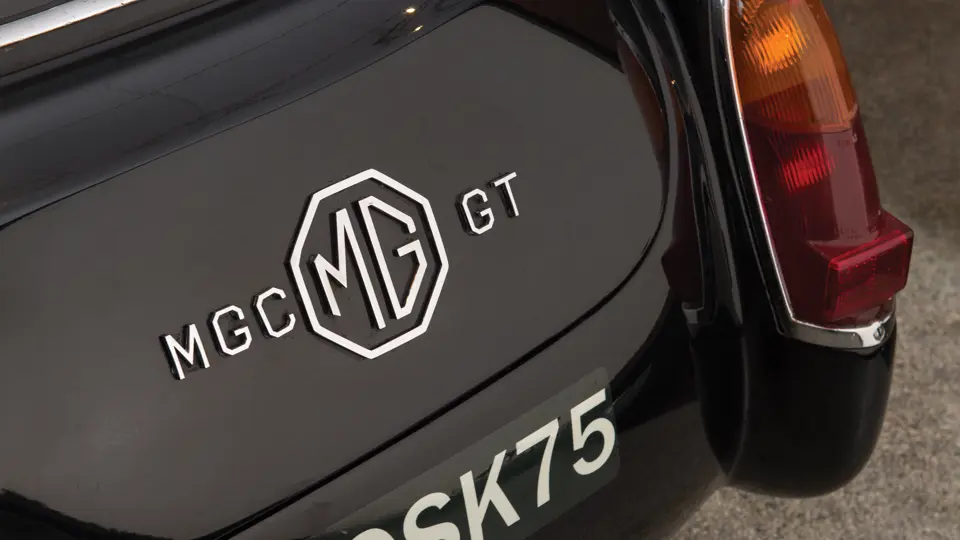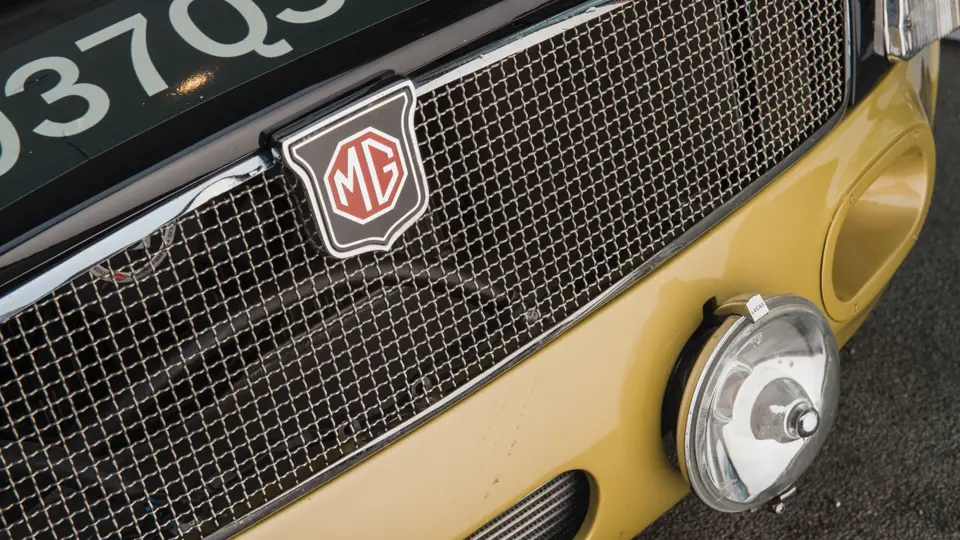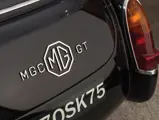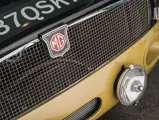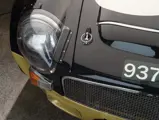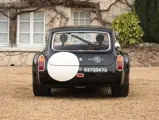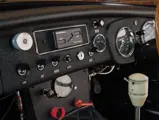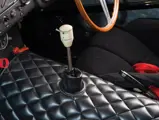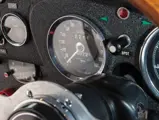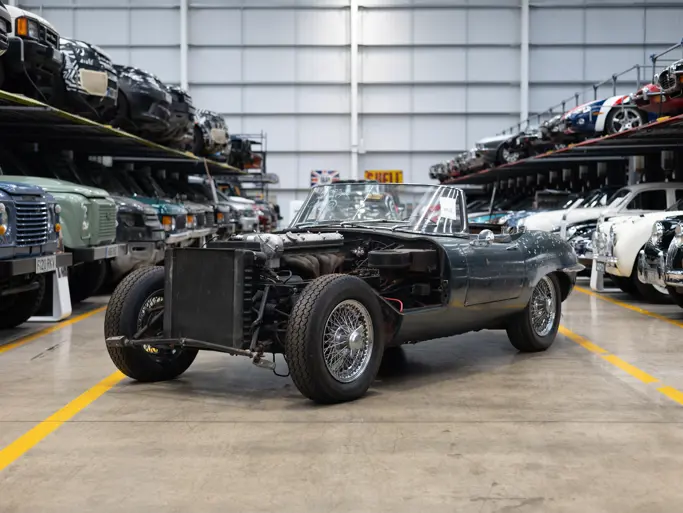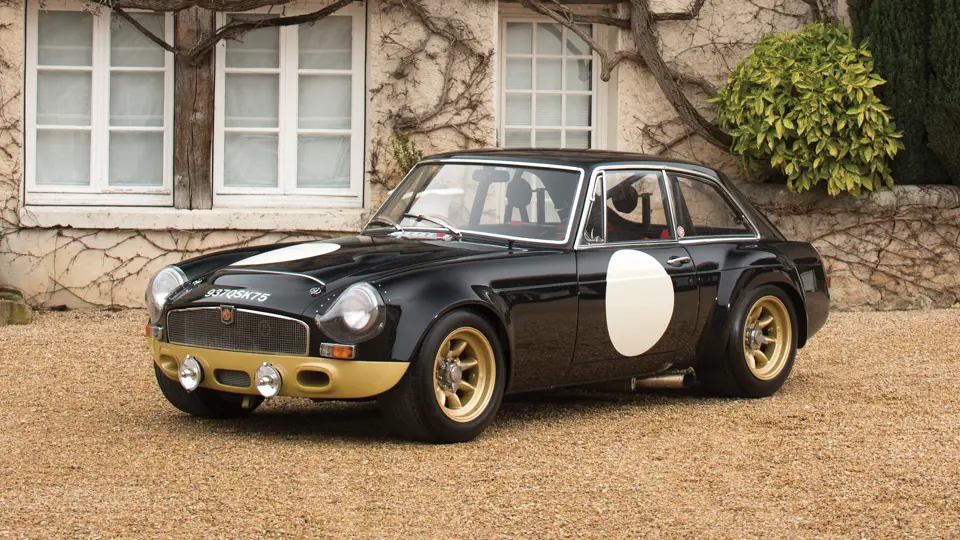
1969 MG MGC GTS Sebring
{{lr.item.text}}
€140,000 EUR | Sold
{{bidding.lot.reserveStatusFormatted}}
- One of six genuine GTS Sebrings
- The only example built to “super lightweight specification”
- Driven by racing legend John Chatham
- Eligible for a variety of classic endurance and sports prototype events
- Complete with FIA paperwork
Est. 220 bhp, 2,912 cc OHV inline six-cylinder engine with triple Weber carburettors, four-speed manual transmission with overdrive, independent front suspension, live rear axle with semi-elliptical leaf springs, and four-wheel hydraulic disc brakes. Wheelbase: 2,311 mm
The MGC GTS Sebring is one of the most iconic creations to come out of the BMC Competitions Department in the 1960s. Work on designing the lightweight Cs began in 1966, to compete in the prototype sports car categories. Six body shells were built, with the centre structure built from steel similarly to the road-going version, while the exterior panels, such as the roof panel, doors, and the instantly recognisable bubble-arched wings, were formed in aluminium.
Ultimately, only two lightweight versions of the MGC GT were assembled by BMC at Abingdon. These Works cars ran in the 1967 Targa Florio and in 1968, the MGC GTS, as it was now known, raced at Sebring and the 84-hour-long Marathon de la Route at the Nürburgring. Their final Works-supported outings were at Sebring in 1969, when the MGC competition project was cancelled.
However, four lightweight shells originally constructed at the Competitions Department remained. Legendary Austin-Healey man John Chatham was due to drive the GTS Sebring on the Targa Florio in 1970, but with the cancellation of the programme he was offered the opportunity to purchase the remaining chassis and components in order to complete the final four cars.
When John Chatham prepared this particular GTS for competition use, he used the very latest BMC components from the race programme, including an aluminium engine block, which this car retains, and which was mounted further back in the engine bay. Magnesium alloy wheels were also fitted, effectively creating a “super-lightweight”. It is believed that this is the only surviving original aluminium block.
Thanks to its lightweight aluminium construction, the car has a dry weight of only around 900 kilograms. Recalling his ownership of the car, John Chatham notes that the car was highly competitive as he raced the MGC at the United Kingdom’s most famous race circuits, including Silverstone and Castle Combe. Chatham also raced the car in club and mod-sport events throughout the early 1970s. He was evidently fond of the car, as it remained in his ownership until 2004 before passing it to the current owner.
As a lifelong enthusiast of British competition cars, the current owner set about restoring the MGC and preparing it for a return to competition. The car is eligible for Peter Auto Classic Endurance Racing, the Masters Series, and numerous other club events. Furthermore, an original set of 10-inch wide magnesium Minilite wheels will be included with the car.
This is a unique opportunity to own an inimitable piece of motorsport history with impeccable provenance and which is ready to return to the track.

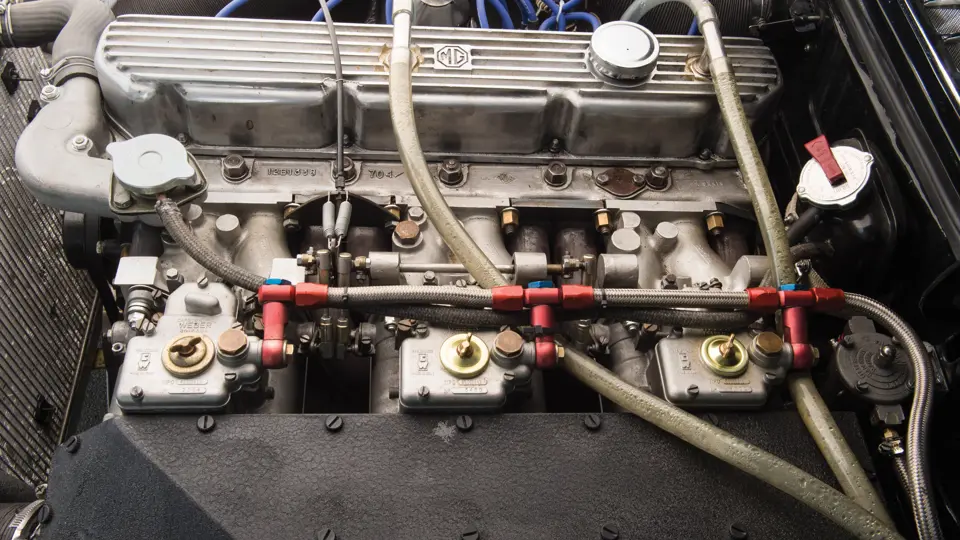


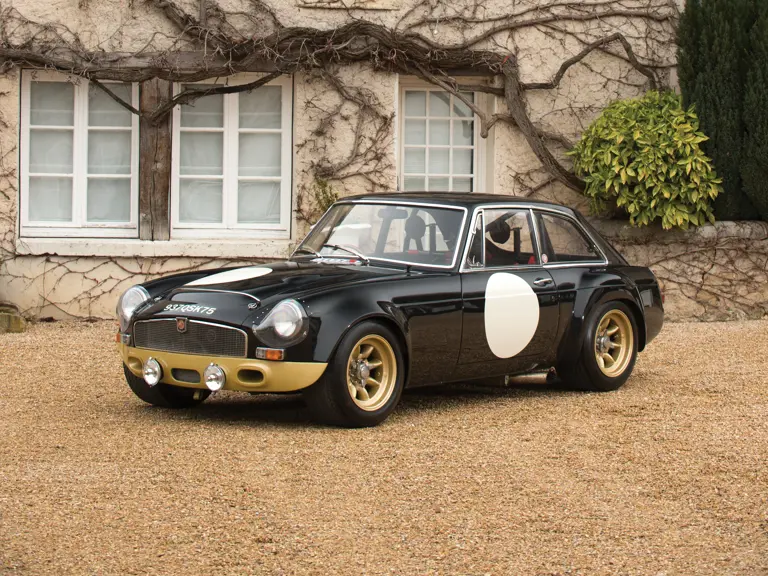
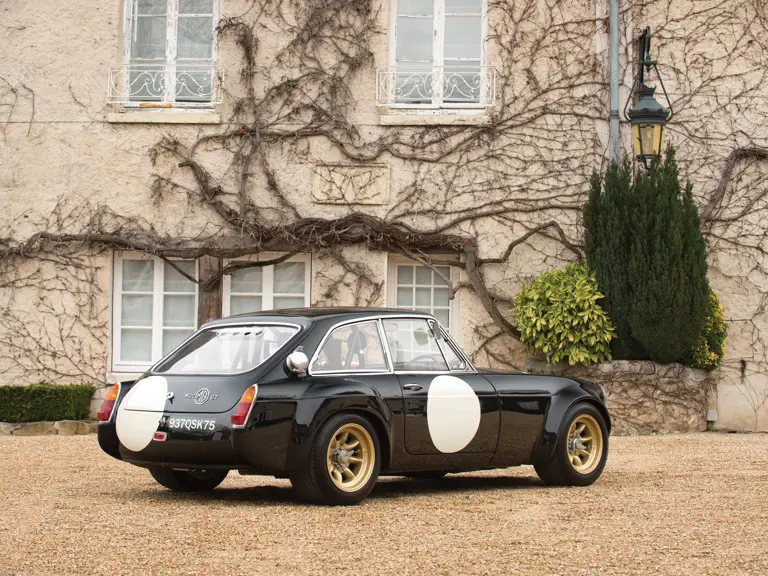

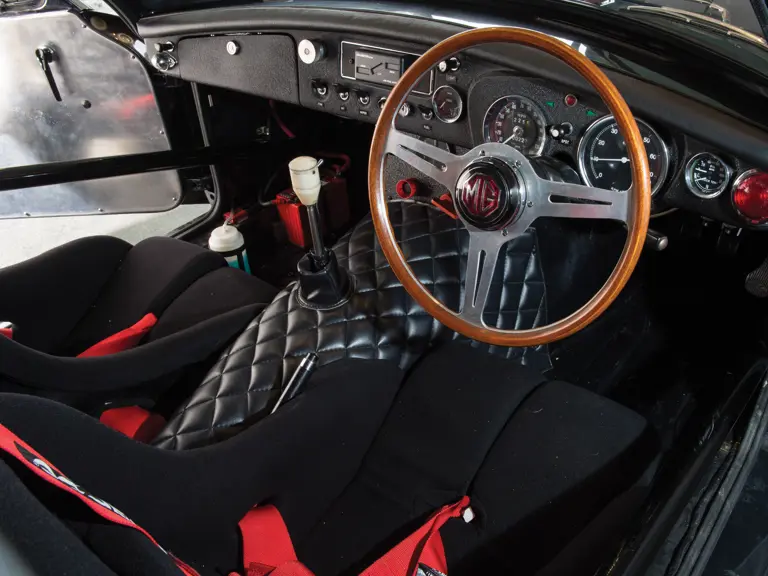
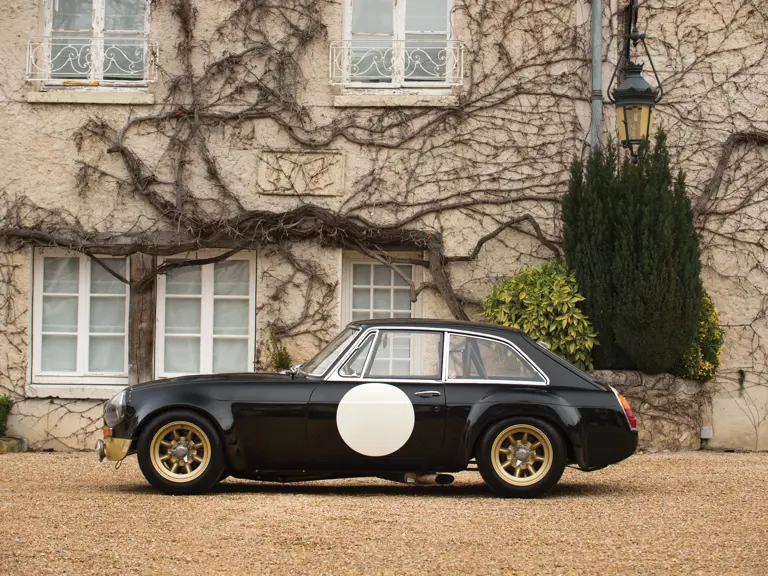

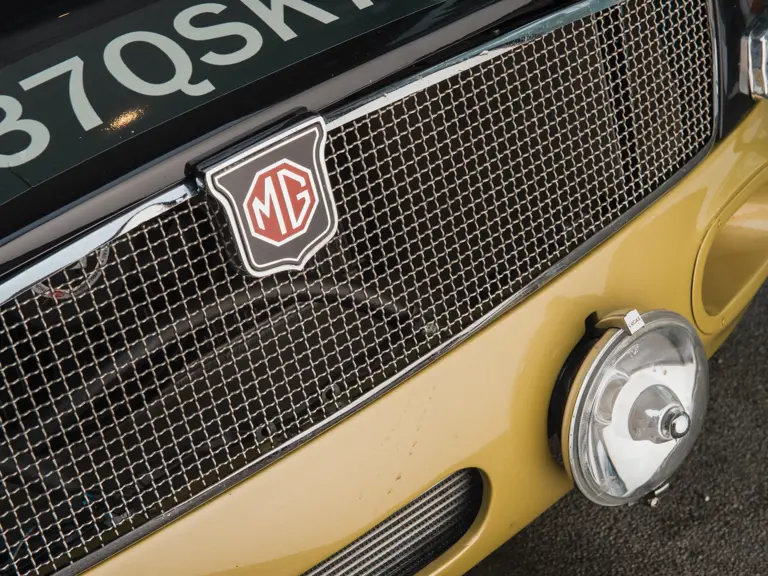
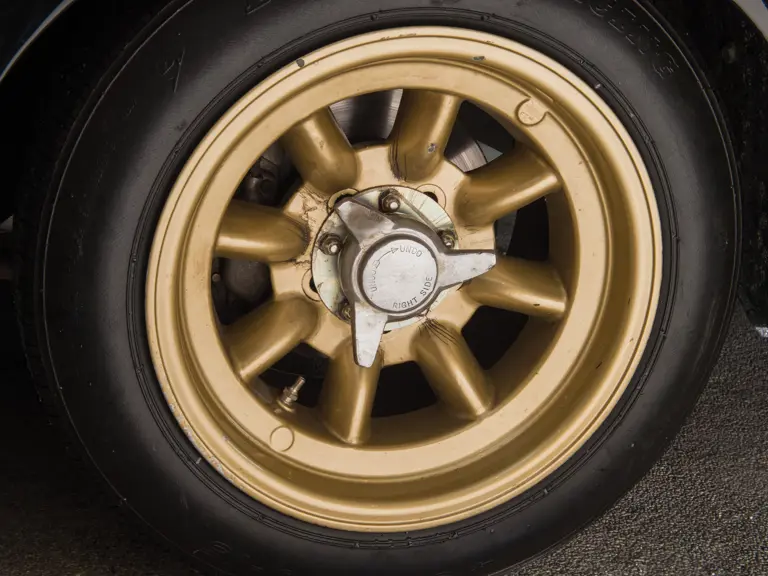

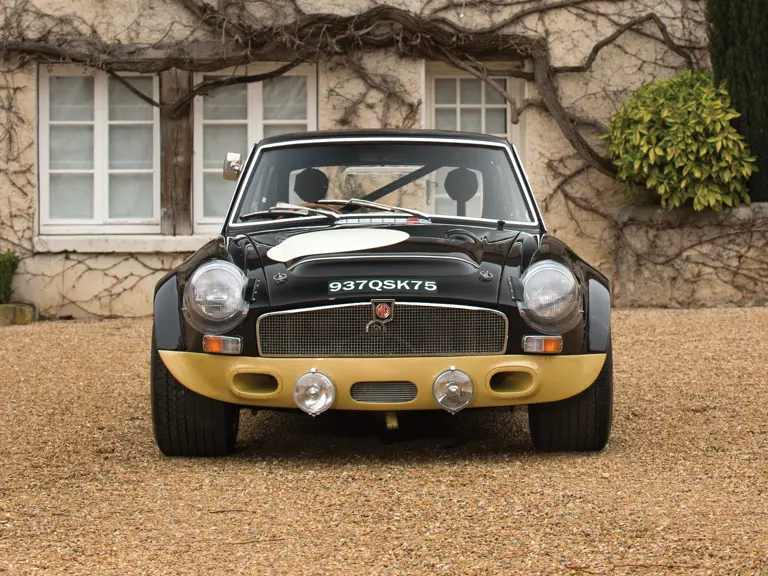
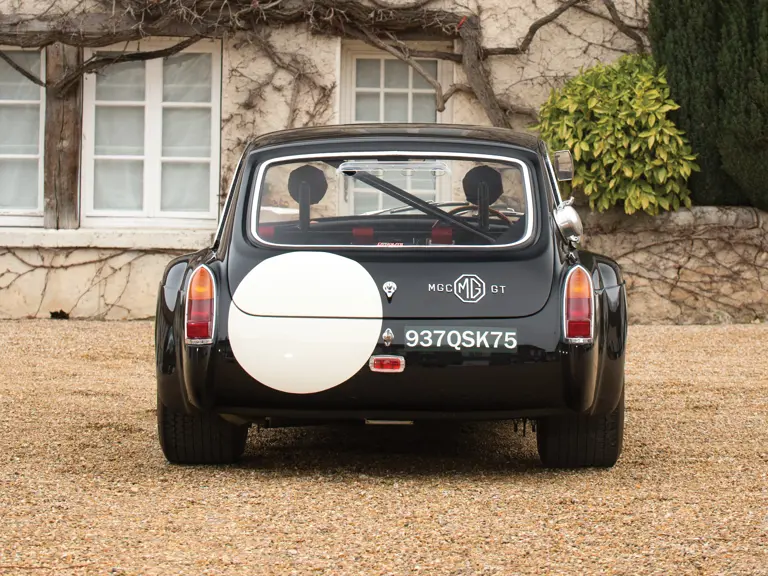
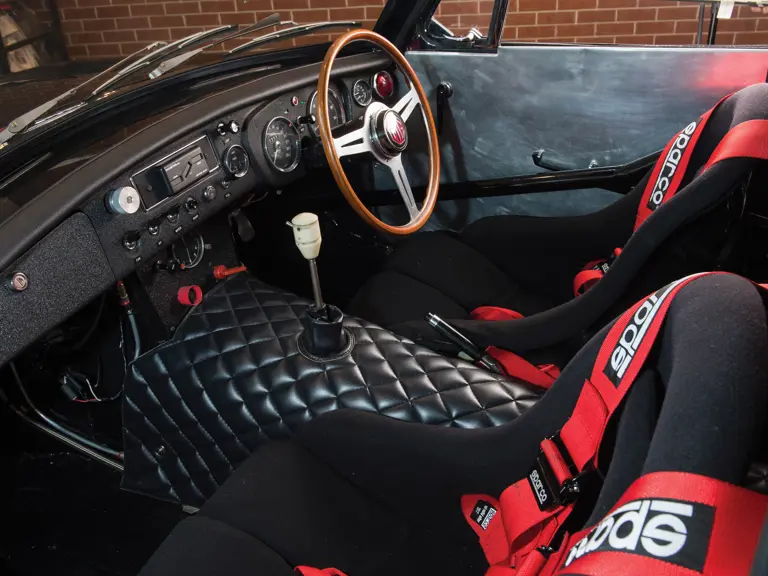

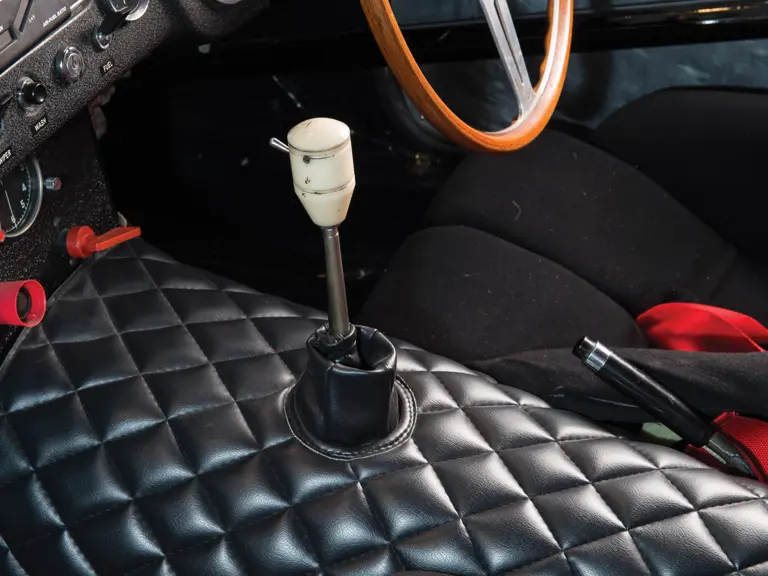
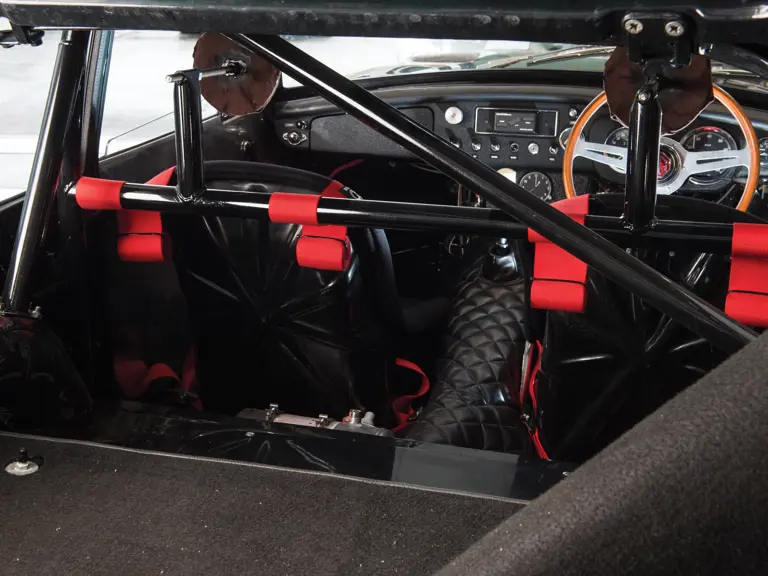
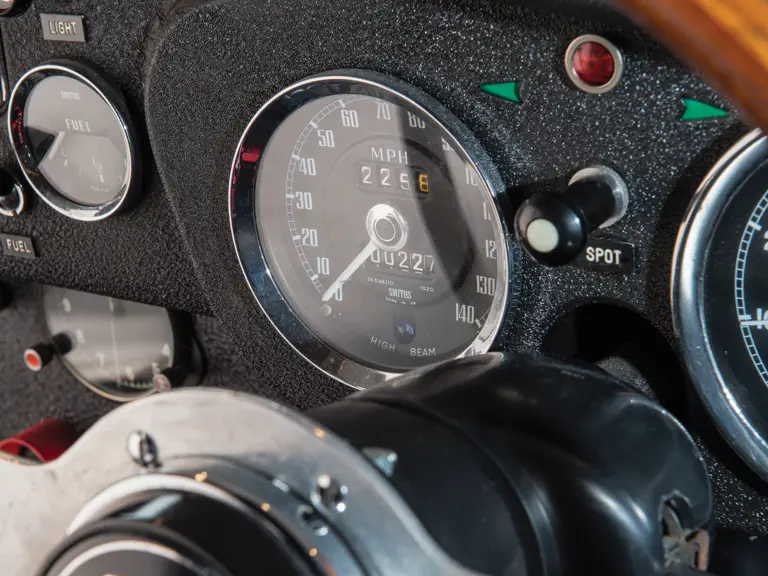
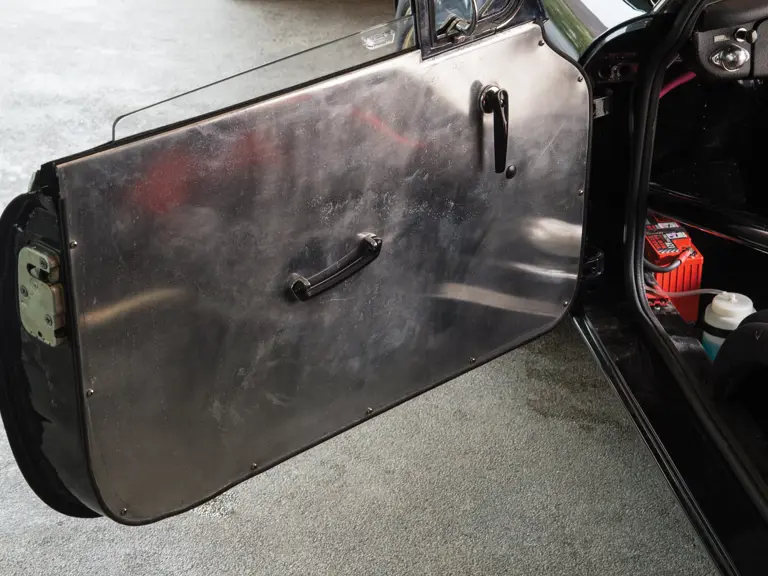
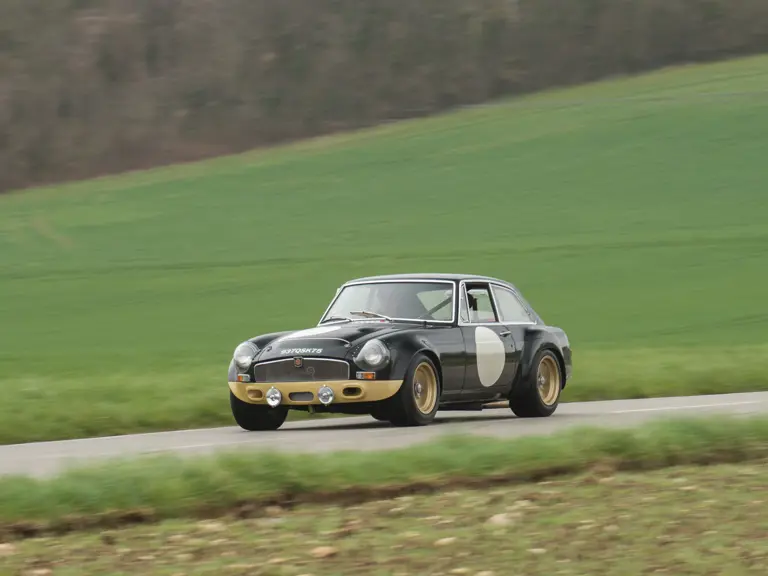
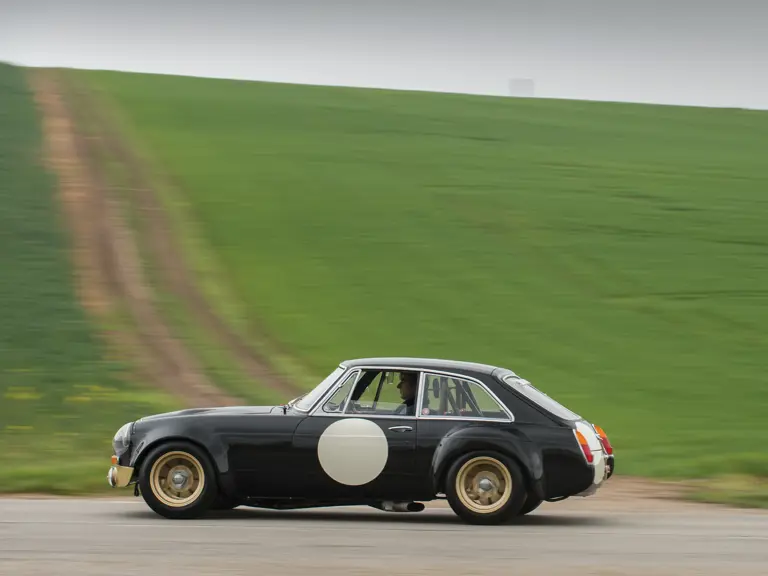

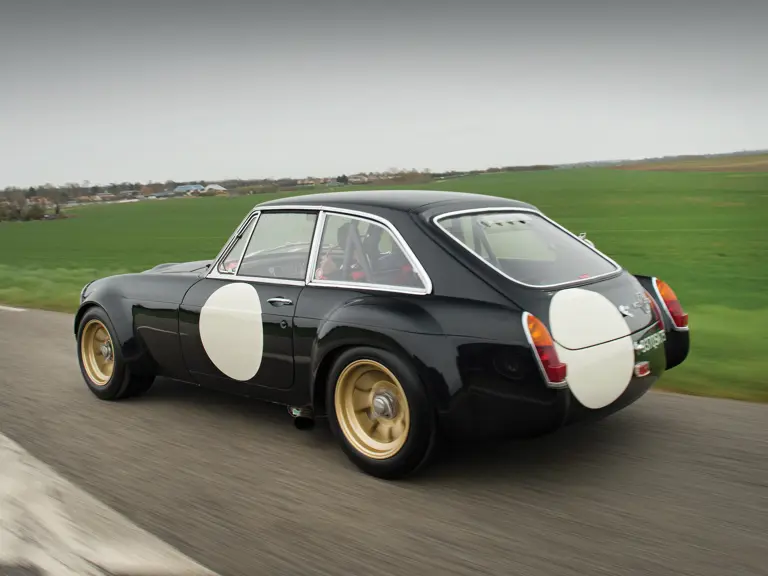
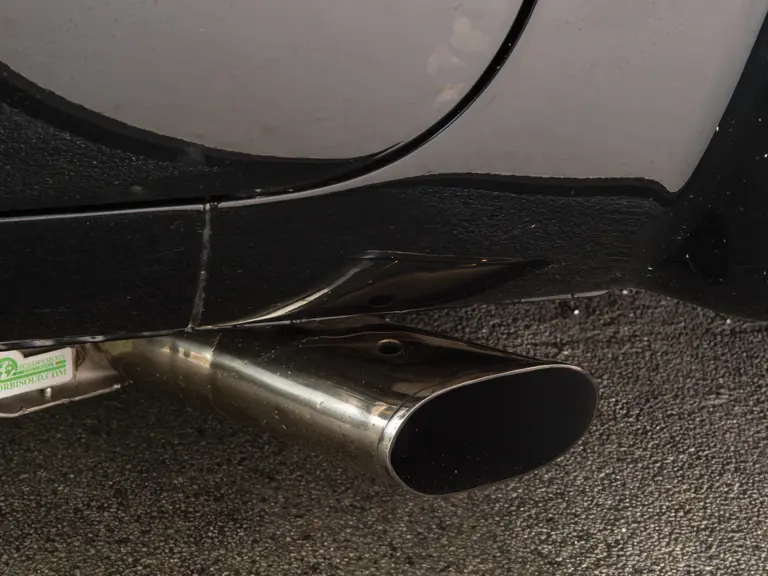
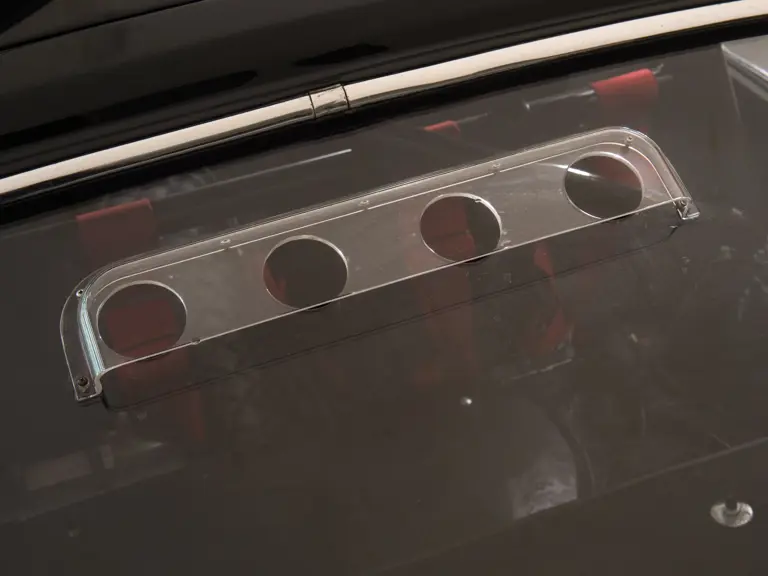
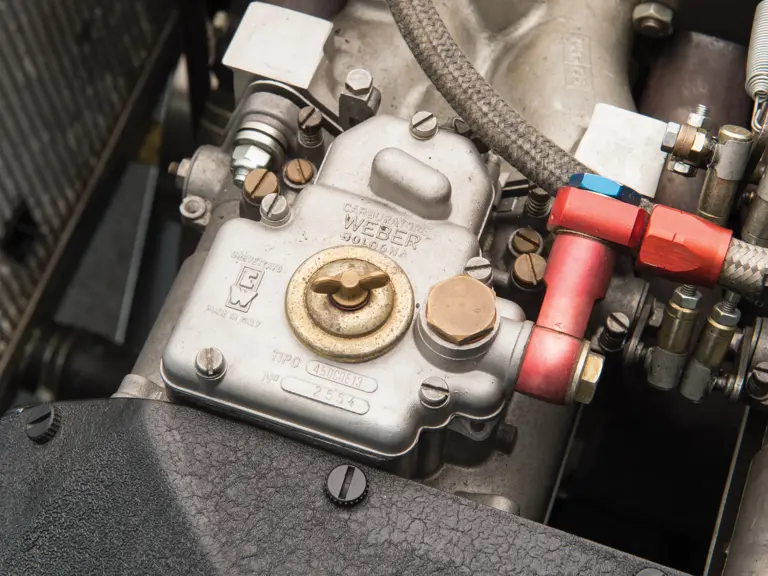
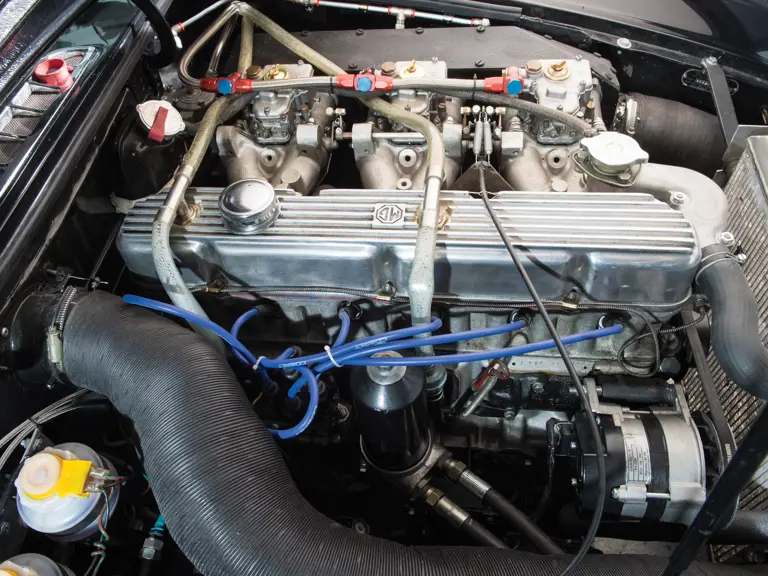
 | Monte Carlo, Monaco
| Monte Carlo, Monaco
